The Impact of Social Media Algorithms on Content Strategy

What are Social Media Algorithms?

How Do Social Media Algorithms Work?

The Role of User Engagement in Social Media Algorithms

The Future of Social Media Algorithms and Content Strategies
The future of social media algorithms and content distribution is a dynamic landscape, adapting to new technologies and user behaviour. Here are some potential directions for their evolution:
Increased Personalisation: Social media algorithms may become even more personalized, utilizing user data and artificial intelligence to deliver content tailored to individual interests and preferences.

Greater Transparency: There’s growing demand for social media platforms to be more transparent about their algorithms and content distribution practices. In the future, platforms may reveal how their algorithms work and their impact on content distribution.
Algorithmic Regulation: In response to the negative effects of social media algorithms, governments or regulatory bodies may impose stricter regulations. This might include requirements for algorithmic transparency and fairness.
User Control: Social media platforms may grant users more control over the content they see and the algorithms governing their feeds. Users could have the ability to adjust algorithmic settings or opt out of specific content types.
Emphasis on Well-being: In light of concerns about the impact of social media on mental health and well-being, platforms may prioritize user well-being in their algorithmic design. This could involve reducing addictive features and promoting uplifting and positive content.
The future of social media algorithms and content distribution will likely be shaped by a mix of user demands, regulatory pressures, and technological innovation. As these platforms evolve, it will be crucial to balance the benefits of algorithmic Personalisation with potential drawbacks and prioritize user well-being.





